What is Service Design?
Service Design is more than just product, or service experience. It's an understanding of the system that support it.
Backstage processes have as much impact to the overall user experience as physical touchpoints.

Service Design is more than just product, or service experience. It's an understanding of the system that support it.
Service Design is the activity of planning and organizing people, infrastructure, communication and material components of a service in order to improve its quality and the interaction between the service provider and its customers.
Is Service Design the same as User Experience (UX) and User Interface (UI) Design? The answer is No, and it's important to understand their differences before we apply such principles to any organisation.
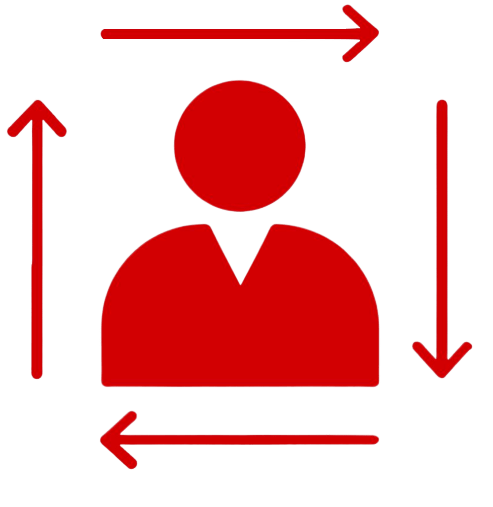



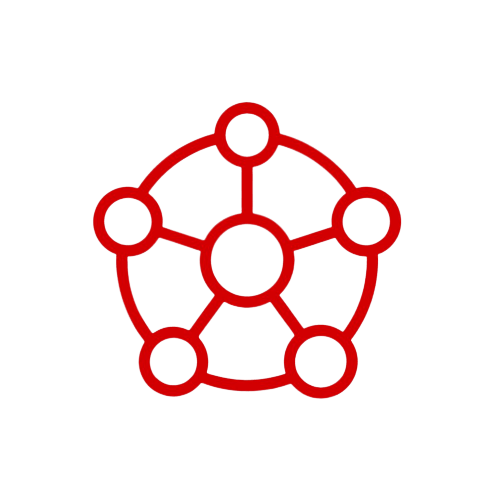

Designs the experience, of a single product, or service.
Designs from a set of product requirements.

Designs the experience, fof a single application, physical, or digital product.
Designs from a set of product requirements.

Designs the full customer experience as a dynamic system of products and services.
Generates set of system, and product requirements from customers, employees and all other stakeholders.
Service Design principles have been transforming Fortune 500 companies around the world, in a variety of different organisational painpoints, and industries. Through its unique governing principles of co-creation and innovation, the benefits of Service Design has been to transform divisions of HR through to Manufacturing and Operations.
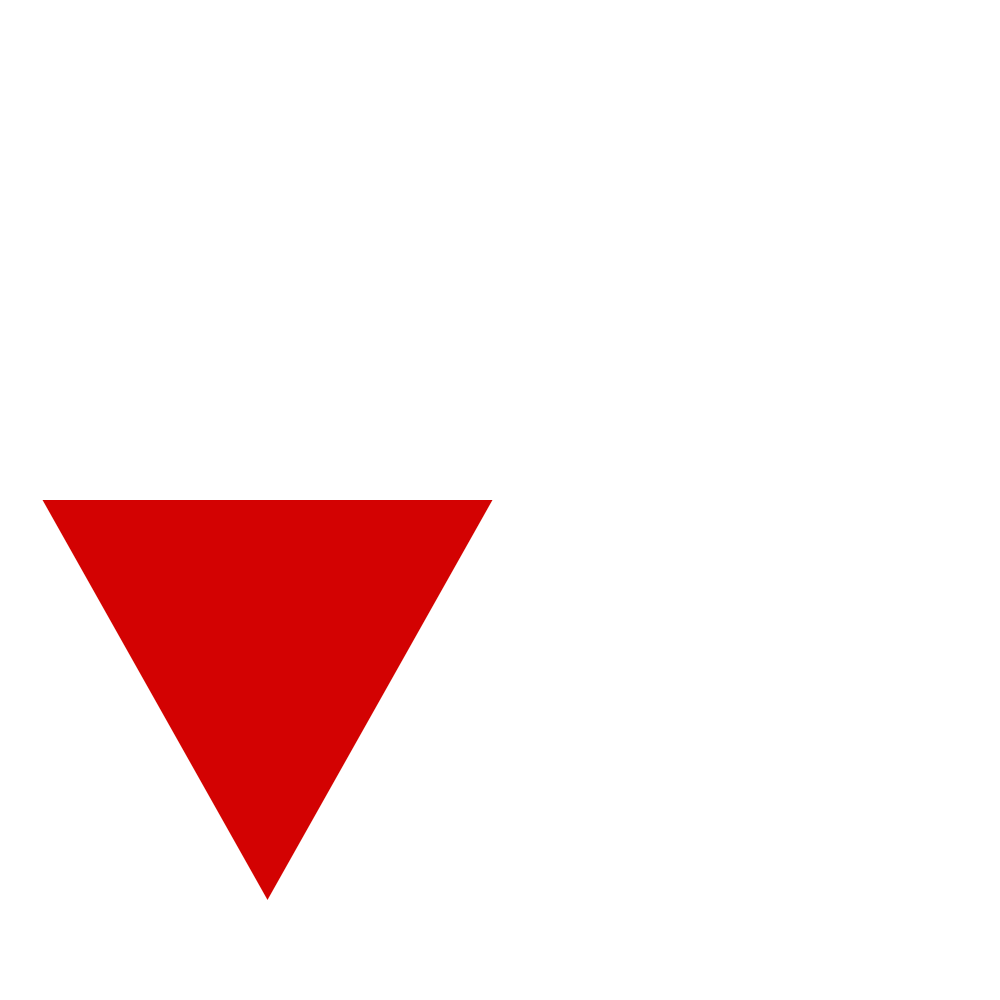

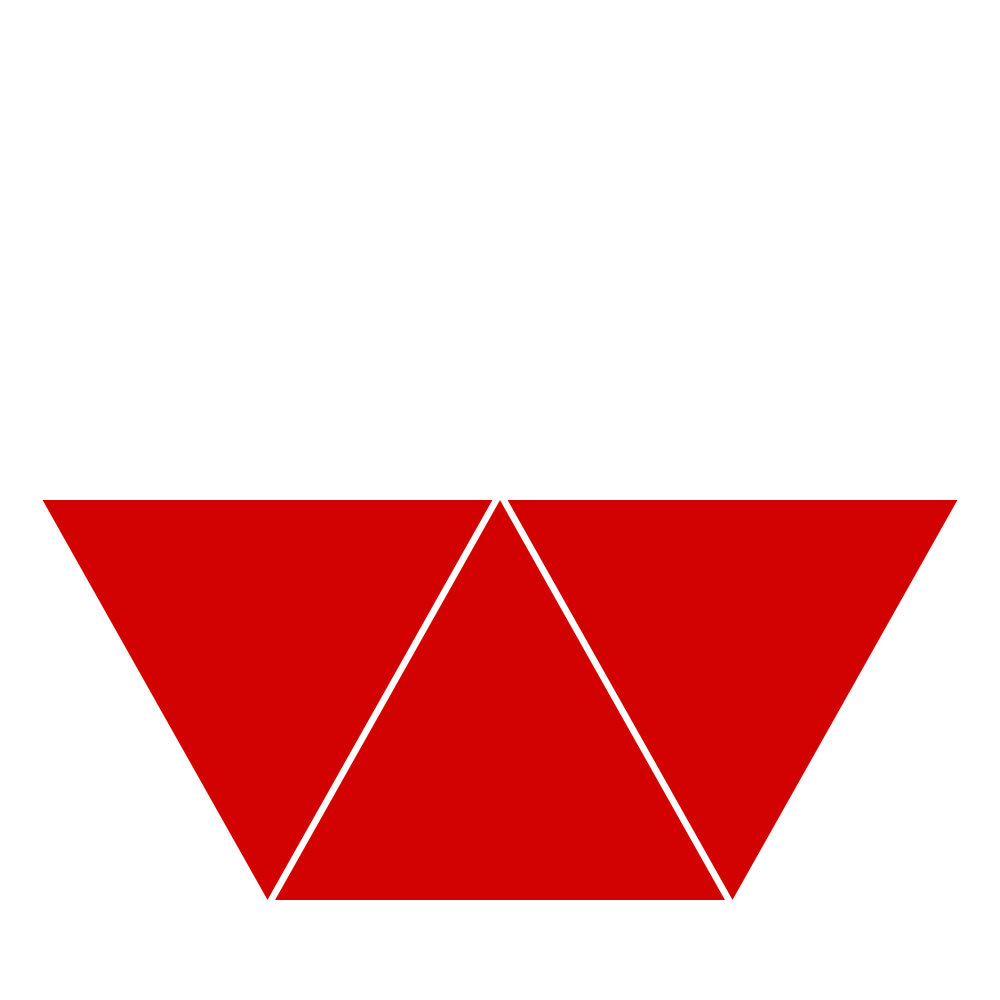

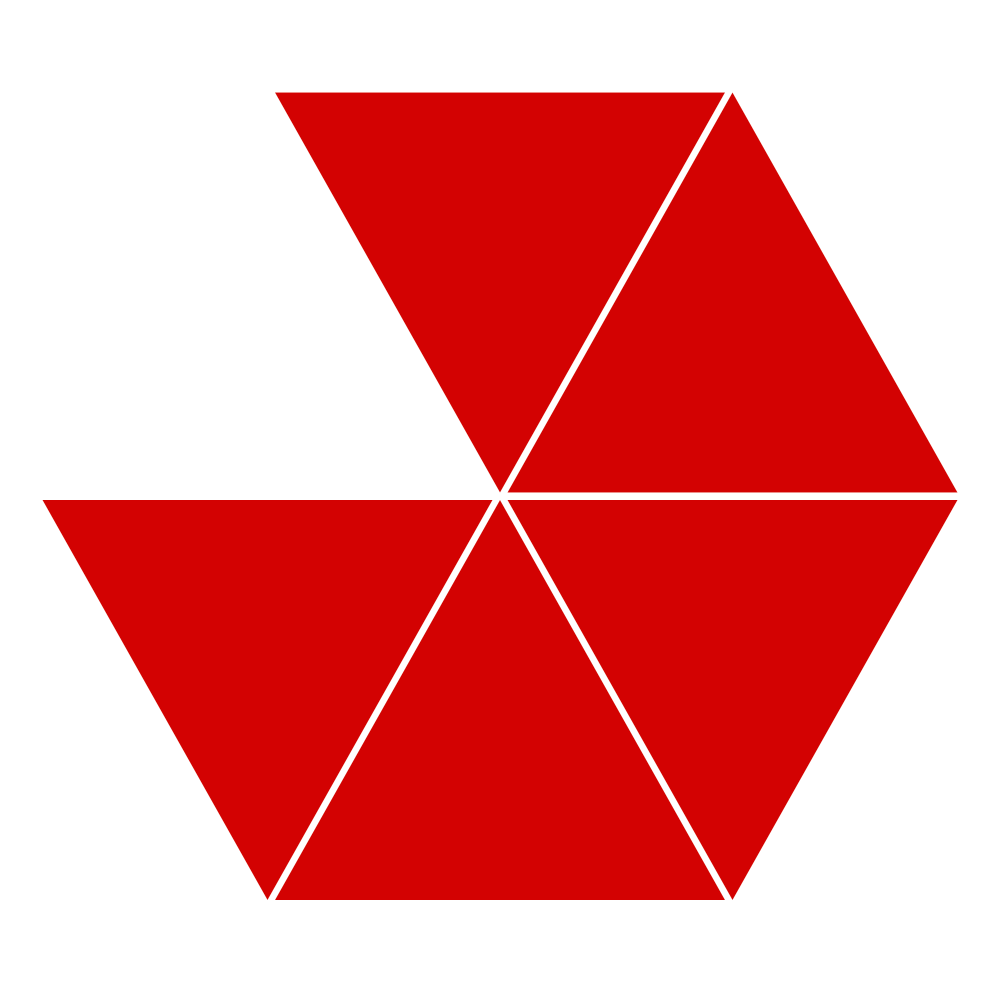

Apply Service Design principles within your organisation today, by starting small. We've curated a collection of essential tools for you to download to kickstart innovation for business of any size.
A collection of questions to ask during your customer development and user research interviews.
Visually illustrate the journey of the customer from squisition, upto retention, and referrals.
Personify your target market to gain a deeper understanding of their needs and goals.